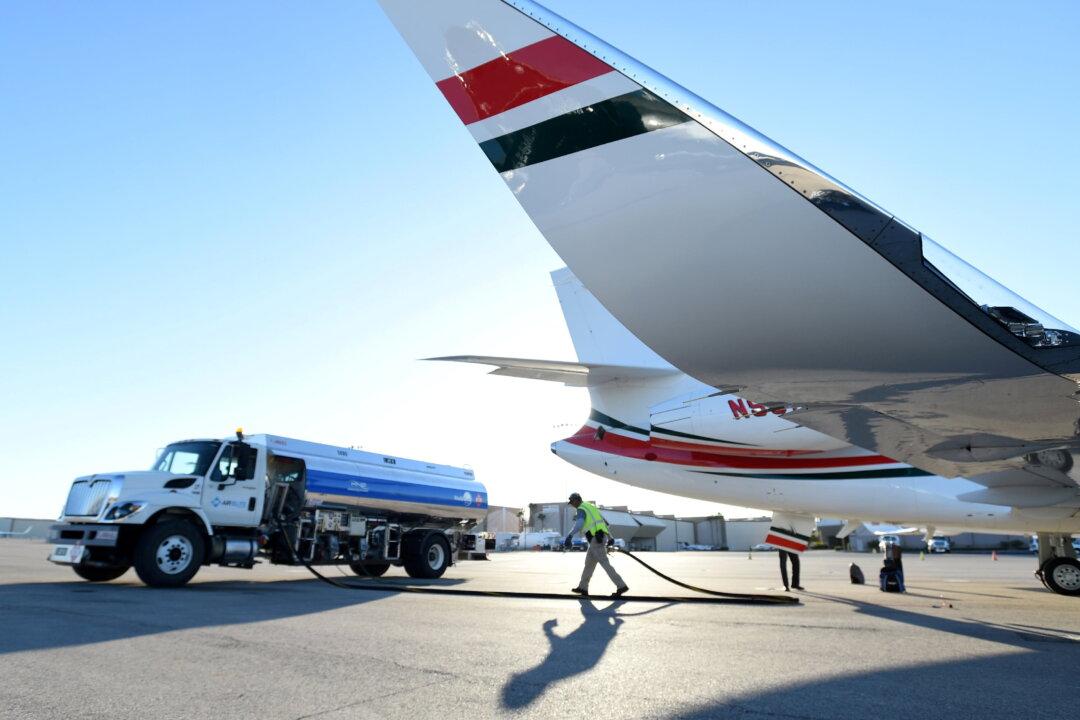California has reached what state officials are calling a “historic” agreement with the nation’s leading passenger and cargo airlines to bolster the use of sustainable aviation fuel for flights within the state.
The agreement was reached on Oct. 30 between the California Air Resources Board (CARB) and Airlines for America (A4A), an industry trade organization representing nearly a dozen major U.S. airlines, according to a statement from California Gov. Gavin Newsom’s office.





